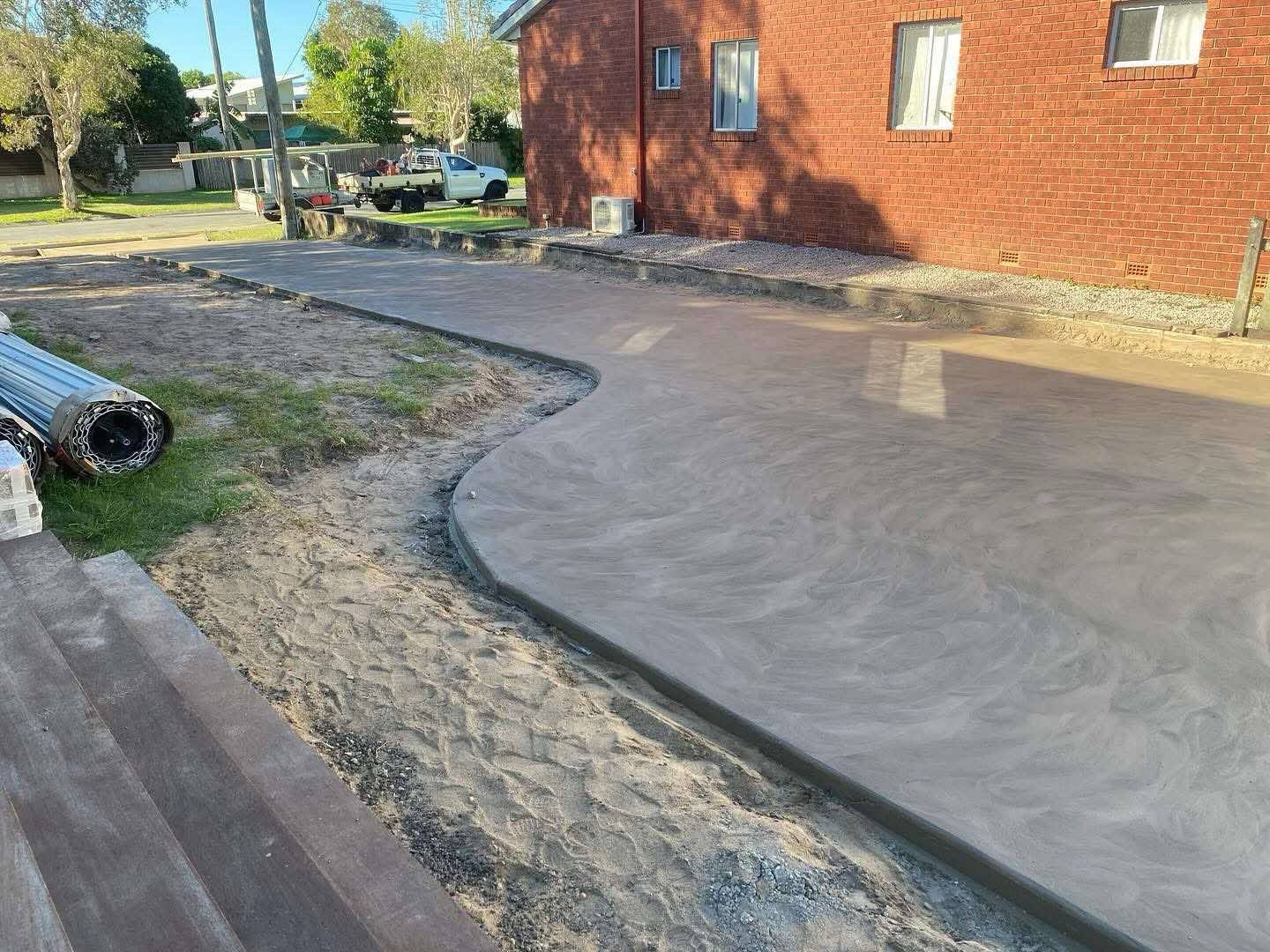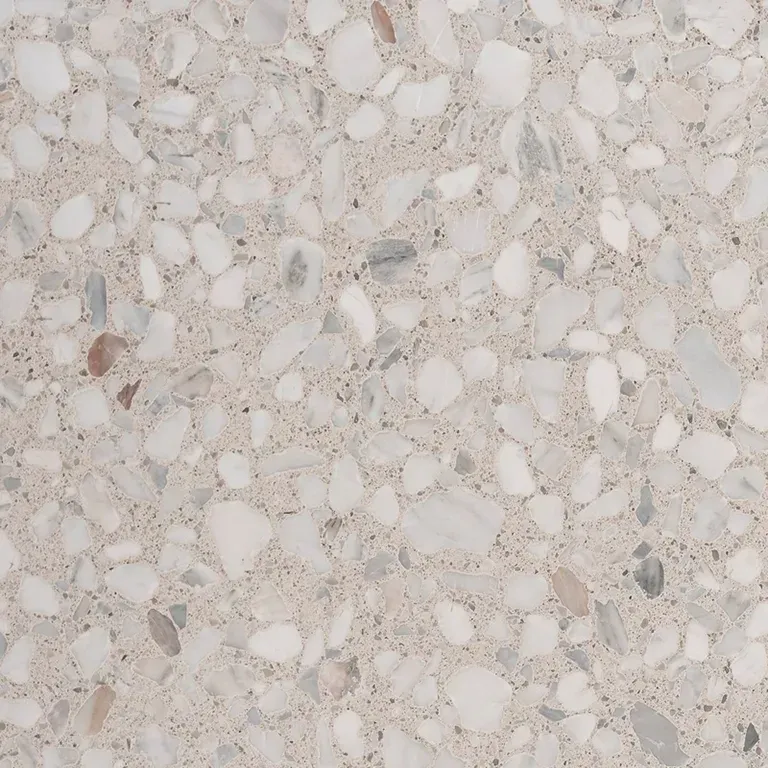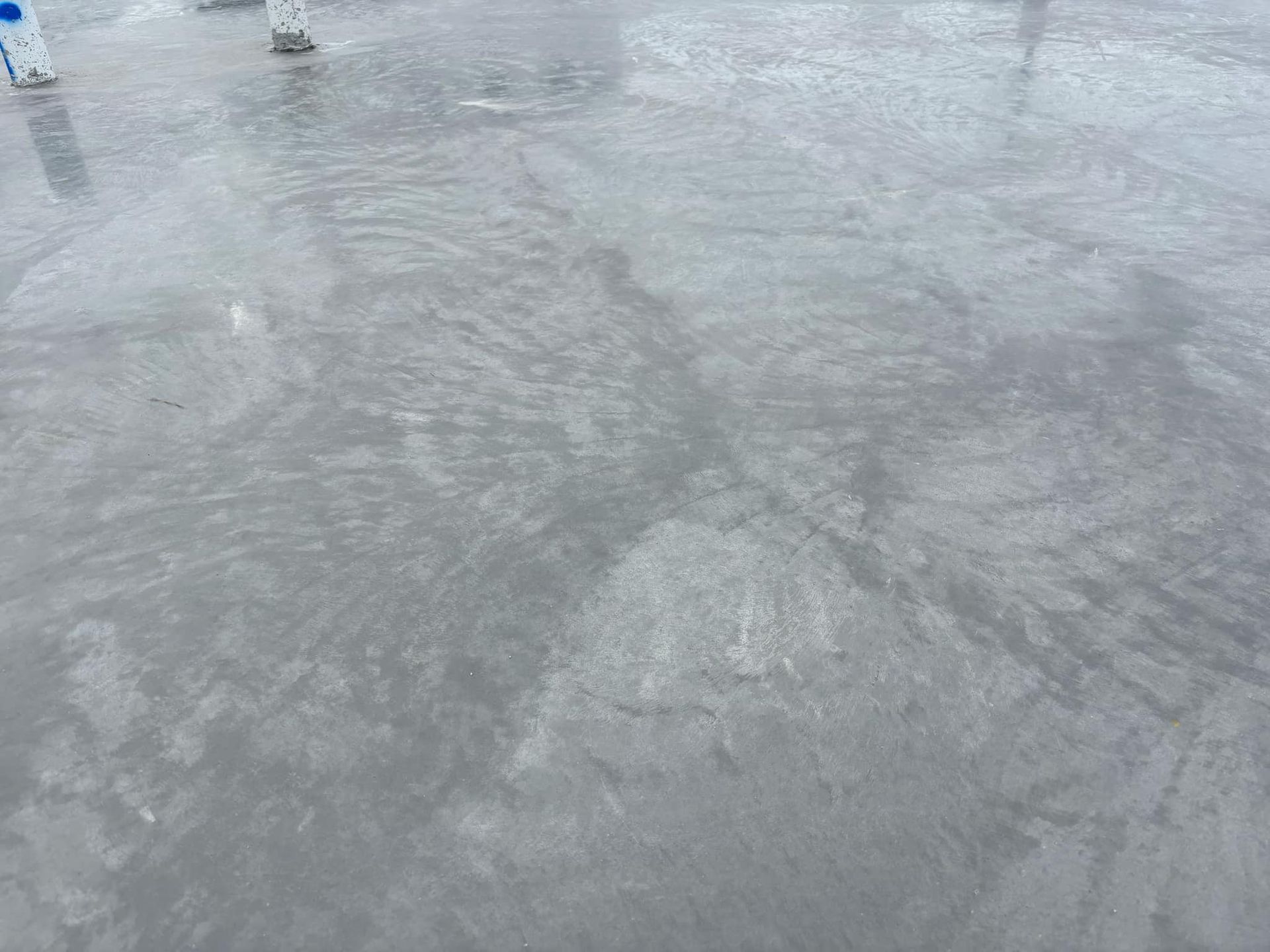How long does concrete take to dry?
Concrete is one of the most widely used construction materials in the world. It's strong, durable and versatile—perfect for everything from driveways and footpaths to house slabs and patios.
But whether you're a DIYer or working with a professional concreter, one of the most common questions that comes up is: how long does concrete take to dry?
In this blog, we’ll break down what’s really happening when concrete “dries,” how long it takes to set, cure and reach full strength, and what factors affect drying time. We’ll also provide tips to ensure your concrete cures properly and lasts for decades.
Drying vs Curing: What’s the Difference?
It’s important to understand that drying and curing are two different processes:
- Drying refers to the evaporation of moisture from the surface of the concrete.
- Curing is the chemical process called hydration, where cement particles react with water to harden and gain strength.
While the surface might feel dry within a few hours, the curing process can continue for 28 days or more.
Typical Concrete Drying and Curing Times
Here’s a general guideline for standard concrete:
1. Initial Set – 24 to 48 Hours
Concrete begins setting shortly after it’s poured. Within 24 to 48 hours, the surface will harden enough to walk on without leaving footprints. However, it’s still fragile beneath the surface and should be protected from heavy loads, moisture loss, or damage.
2. Driveable Strength – Around 7 Days
After about 7 days, concrete will typically reach about 70% of its strength, making it suitable for light vehicle traffic, like cars on a residential driveway. But it’s still not fully cured—avoid parking heavy trucks or equipment on it just yet.
3. Full Strength – 28 Days
Concrete is generally considered fully cured after 28 days. At this point, it has reached its design strength and is ready for heavy use. This is the benchmark most builders, engineers, and suppliers work with.
Factors That Affect Drying and Curing Time
Concrete doesn’t always follow a set timeline. Several conditions can speed up or slow down the drying and curing process:
1. Weather Conditions
- Hot temperatures can cause the water in concrete to evaporate too quickly, leading to surface cracking or weak curing.
- Cold weather slows down the chemical reaction, meaning it can take longer to set and cure.
- Humidity also plays a role—high humidity slows down evaporation, while dry air can pull moisture from the surface too quickly.
2. Concrete Mix
The ratio of water, cement, aggregates, and any additives affects the drying time. Fast-setting concrete mixes are available for quick jobs, but standard mixes follow the 28-day rule.
3. Thickness of the Pour
Thicker slabs of concrete take longer to dry and cure than thinner layers. For example, a 100mm thick driveway slab will cure faster than a 300mm house footing.
4. Surface Treatment and Finish
Sealing the surface too soon can trap moisture and interfere with curing. On the other hand, leaving the surface unprotected in hot or windy weather can cause premature drying and cracking.
How to Help Concrete Cure Properly
Proper curing is essential for concrete to reach its maximum strength and durability. Here are a few tips to help the process:
1. Keep It Moist
Concrete needs moisture to cure. After the initial set, lightly spray the surface with water or cover it with plastic sheeting to prevent it from drying out too fast.
2. Avoid Using It Too Soon
Don’t walk or drive on concrete before it’s ready. This can weaken the slab or cause surface damage that’s hard to fix later.
3. Use Curing Compounds
In some cases, contractors will apply curing compounds that form a film to slow evaporation. These are especially useful in hot or windy climates.
4. Protect It From the Elements
If rain is expected within the first 24 hours, cover the surface. Sudden downpours can wash away the cement paste or cause pitting.
When Can You Paint or Seal Concrete?
Another common question is: when can you paint or seal concrete?
- Sealing: Generally, wait at least 28 days before applying a concrete sealer, unless the product specifically states otherwise.
- Painting: Painting should also be held off until the concrete is fully cured and any residual moisture has evaporated. Moisture trapped under paint can cause peeling, bubbling, or mould.
If you're unsure, perform a moisture test: tape a piece of plastic sheeting to the surface for 24 hours. If condensation forms underneath, the concrete isn’t ready.
What Happens If You Don’t Let Concrete Cure Properly?
If concrete isn’t allowed to cure correctly, it can lead to:
- Cracking
- Weak surface strength
- Dusting or flaking
- Lower durability and lifespan
- Moisture penetration and long-term damage
Skipping or rushing the curing process may seem like a time-saver, but it often leads to costly repairs or replacement down the line.
Common Myths About Concrete Drying
Let’s clear up a few common misconceptions:
❌ “It’s dry when the surface looks light grey.”
The surface colour may change, but that doesn’t mean the concrete is dry or cured. It’s only the top few millimetres.
❌ “Hot weather speeds up curing.”
It might make it appear quicker, but hot weather actually increases the risk of poor curing due to rapid water loss.
❌ “You only need to water concrete in summer.”
Watering concrete (or keeping it moist) is important year-round to promote even curing and avoid cracking.
Final Thoughts
So, how long does concrete take to dry? While it may feel dry to the touch within a day or two, true curing takes around 28 days.
That’s when your concrete reaches its full strength and performance potential.
Need Professional Concreting Help?
Contact J Willow Concrete today to learn more about our concreting services across the Sunshine Coast. We specialise in decorative finishes, driveways, patios, house slabs and more—done properly, from pour to cure.
Written by Ben from J Willow Concrete
Ben’s been in the concreting industry for more than 15-years and is an industry-leader in decorative concrete on the Sunshine Coast. He started J Willow Concrete to provide premium-quality concreting at an affordable price.






